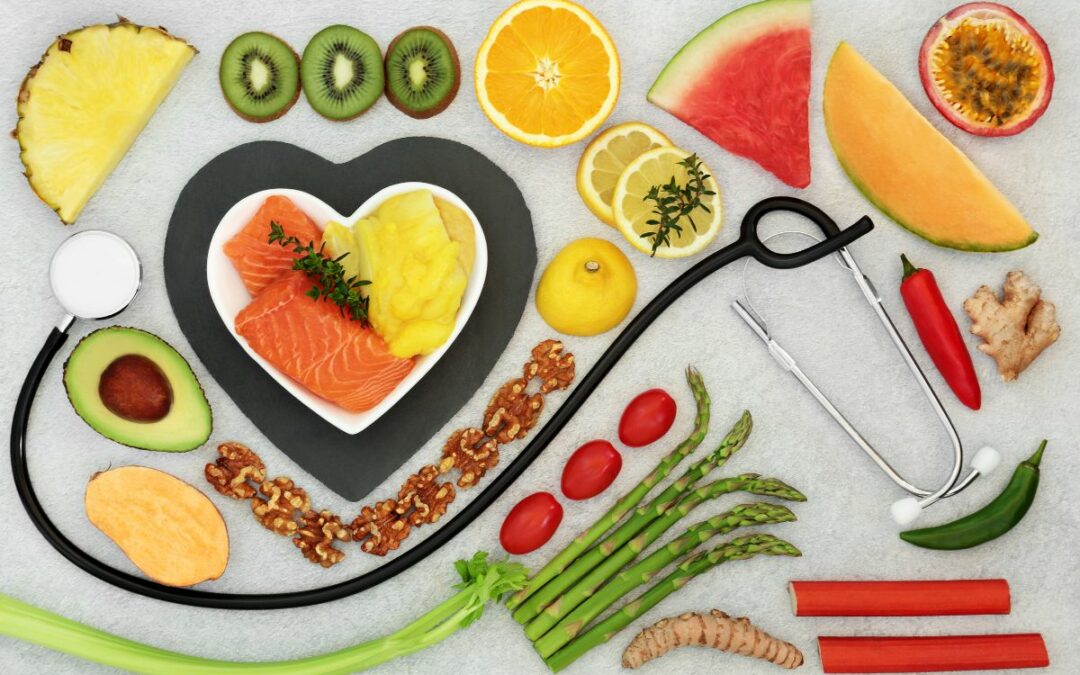Sauerkraut and Kimchi
Sauerkraut and kimchi are fermented cabbage dishes that originate from Germany and Korea, respectively. They are both excellent sources of vitamin K2, which can prevent arterial calcification and lower the risk of heart disease. Sauerkraut and kimchi contain about 15 and 10 micrograms of vitamin K2 per 100 grams, respectively. This is because the fermentation process increases the vitamin K2 content of the cabbage, as well as the bioavailability of other nutrients, such as vitamin C, iron, and probiotics. Probiotics are beneficial bacteria that can improve digestive health, immunity, and metabolism. They can also lower cholesterol, blood pressure, and inflammation, and prevent oxidative stress.
Sauerkraut and kimchi can be eaten as side dishes, salads, or snacks, or added to soups, sandwiches, or stir-fries. They can also be made at home with fresh cabbage, salt, and water, and optionally, other ingredients, such as carrots, garlic, ginger, or chili peppers. However, be careful not to consume too much salt, as this can raise blood pressure and negate the benefits of these foods.
Walnuts
Walnuts are one of the most nutritious nuts, offering a plethora of artery-protective compounds. Walnuts are high in vitamin E, a fat-soluble antioxidant that can prevent LDL cholesterol from oxidizing and forming plaque in the arteries. Walnuts also contain omega-3 fatty acids, which can lower inflammation and improve endothelial function. Moreover, walnuts are rich in polyphenols, which can scavenge free radicals and modulate gene expression and enzyme activity related to cardiovascular health.
One study found that eating 43 grams of walnuts per day for 8 weeks lowered total and LDL cholesterol, improved endothelial function, and reduced oxidative stress in healthy adults. Another study found that eating 30 grams of walnuts per day for 6 months lowered blood pressure, improved blood flow, and reduced arterial stiffness in people with high cardiovascular risk. Walnuts can also improve cognitive function, mood, and sleep quality, which can indirectly affect heart health.
Walnuts can be eaten raw, roasted, or soaked, or added to salads, oatmeal, yogurt, smoothies, or baked goods. However, be mindful of the portion size, as walnuts are high in calories and fat, and can cause weight gain if consumed in excess.
Flaxseeds and Chia Seeds
Flaxseeds and chia seeds are tiny but mighty seeds that can cleanse the arteries and support cardiovascular health. They are both excellent sources of fiber, which can lower cholesterol, regulate blood sugar, and prevent constipation. They also provide high-quality protein, which can help lower blood pressure and preserve muscle mass. Additionally, they are rich in omega-3 fatty acids, which can reduce inflammation and improve blood flow.
Flaxseeds and chia seeds also contain lignans, phytoestrogens that can modulate hormone levels and protect against certain cancers. Lignans can also lower blood pressure, improve lipid profile, and prevent oxidative stress. One study found that consuming 30 grams of flaxseeds per day for 6 months lowered systolic and diastolic blood pressure by 10 and 7 mmHg, respectively, in people with hypertension. Another study found that consuming 25 grams of chia seeds per day for 12 weeks lowered blood pressure, inflammation, and oxidative stress in people with type 2 diabetes.
Flaxseeds and chia seeds can be easily incorporated into the diet, as they have a mild, nutty flavor and a crunchy texture. They can be sprinkled over salads, soups, cereals, or yogurt, or blended into smoothies, juices, or sauces. They can also be used as egg substitutes in baking, or mixed with water to form a gel that can be used as a thickener or binder. However, be sure to grind flaxseeds before consuming them, as whole flaxseeds can pass through the digestive tract undigested and reduce their bioavailability.
Leafy Greens
Leafy greens, such as spinach, kale, and arugula, are among the healthiest foods on the planet, offering a plethora of nutrients and antioxidants that can benefit the arteries and the heart. Leafy greens are high in vitamin K1, which can help prevent arterial calcification by activating a protein called matrix Gla protein, which inhibits calcium deposition in the arteries. One study found that people who consumed the most vitamin K1 had a 21% lower risk of coronary heart disease and a 16% lower risk of dying from any cause.
Leafy greens also contain other beneficial compounds, such as nitrate, folate, carotenoids, and flavonoids. Nitrate can lower blood pressure and improve endothelial function by increasing the production of nitric oxide, a molecule that relaxes and dilates the blood vessels. Folate can lower homocysteine levels, which can damage the arteries and increase the risk of heart disease. Carotenoids and flavonoids are antioxidants that can protect the arteries from oxidative stress and inflammation.
Leafy greens can be eaten raw, cooked, or juiced, or added to salads, sandwiches, wraps, soups, or stir-fries. They can also be blended into smoothies, pesto, or dips, or baked into chips or crackers. However, be careful not to overcook them, as this can reduce their nutrient content and antioxidant activity.
Avocados
Avocados are creamy, delicious fruits that can cleanse the arteries and support cardiovascular health. Avocados are rich in healthy monounsaturated fats, which can lower LDL cholesterol and raise HDL cholesterol, improving the ratio of cholesterol in the blood. This can help prevent plaque formation and reduce the risk of heart disease. Avocados also contain antioxidants, such as vitamin E, glutathione, and lutein, which can protect the arteries from oxidative damage and inflammation.
Avocados also provide other nutrients, such as potassium, magnesium, and fiber, which can lower blood pressure, regulate blood sugar, and prevent constipation. They also contain phytosterols, plant compounds that can lower cholesterol absorption in the intestines. One study found that eating one avocado per day for 5 weeks lowered total and LDL cholesterol, triglycerides, and oxidative stress markers in overweight and obese adults. Another study found that eating half an avocado with a hamburger reduced the postprandial inflammatory and endothelial responses compared to eating a hamburger alone.
Avocados can be eaten as a snack, sliced, or mashed, or added to salads, sandwiches, wraps, or tacos. They can also be blended into smoothies, guacamole, or hummus, or used as a substitute for butter, cream, or mayonnaise. However, be mindful of the portion size, as avocados are high in calories and fat, and can cause weight gain if consumed in excess.
Dark Chocolate
Dark chocolate is a decadent treat that can also cleanse the arteries and support cardiovascular health. Dark chocolate is made from cocoa, which is rich in flavanols and polyphenols, antioxidants that can protect the arteries from oxidative damage and inflammation. Flavanols and polyphenols can also lower blood pressure, improve endothelial function, prevent blood clots, and lower insulin resistance.
Dark chocolate also contains other beneficial compounds, such as magnesium, copper, iron, and zinc, which can support various bodily functions. However, not all dark chocolate is created equal. To get the most benefits, choose dark chocolate that contains at least 70% cocoa solids, and avoid those that contain added sugar, milk, or artificial ingredients. One study found that consuming 50 grams of dark chocolate per day for 15 days lowered blood pressure, improved insulin sensitivity, and reduced oxidative stress in healthy volunteers. Another study found that consuming 40 grams of dark chocolate per day for 14 days improved endothelial function and lowered inflammation in people with peripheral artery disease.
Dark chocolate can be enjoyed in moderation as part of a balanced diet. However, be careful not to overindulge, as dark chocolate is high in calories and fat, and can cause weight gain if consumed in excess.
Conclusion
Incorporating several artery-protective foods into a balanced diet is essential for overall cardiovascular health. By eating foods that can cleanse the arteries, lower cholesterol, reduce inflammation, and prevent oxidative stress, you can improve your blood circulation, lower your risk of heart disease and stroke, and enhance your quality of life. However, eating these foods alone is not enough. You also need to avoid foods that can harm the arteries, such as processed meats, fried foods, trans fats, refined sugars, and salt. Additionally, you need to adopt other healthy lifestyle habits, such as exercising regularly, managing stress, quitting smoking, and limiting alcohol intake. By doing so, you can keep your arteries and your heart in optimal condition.








